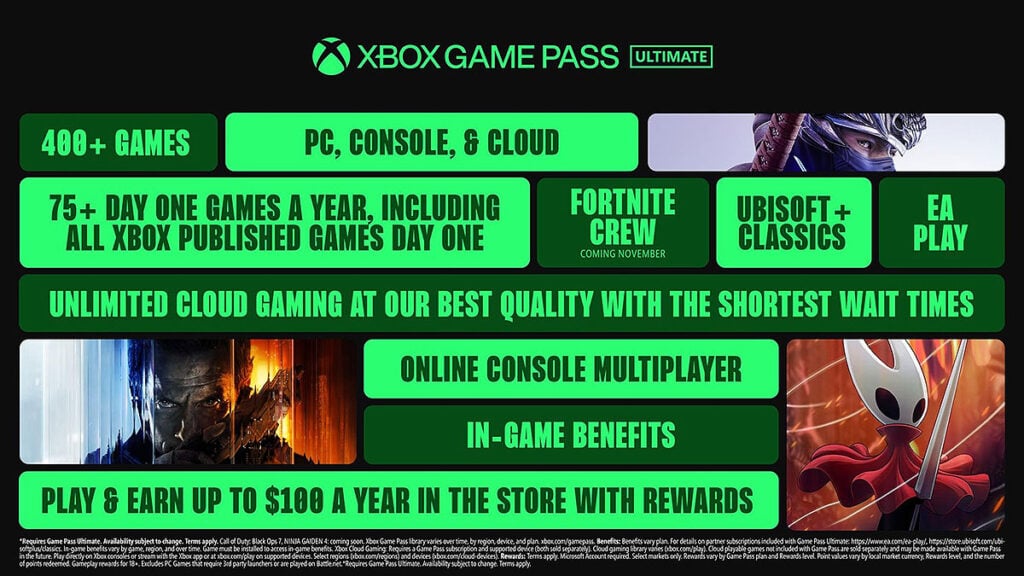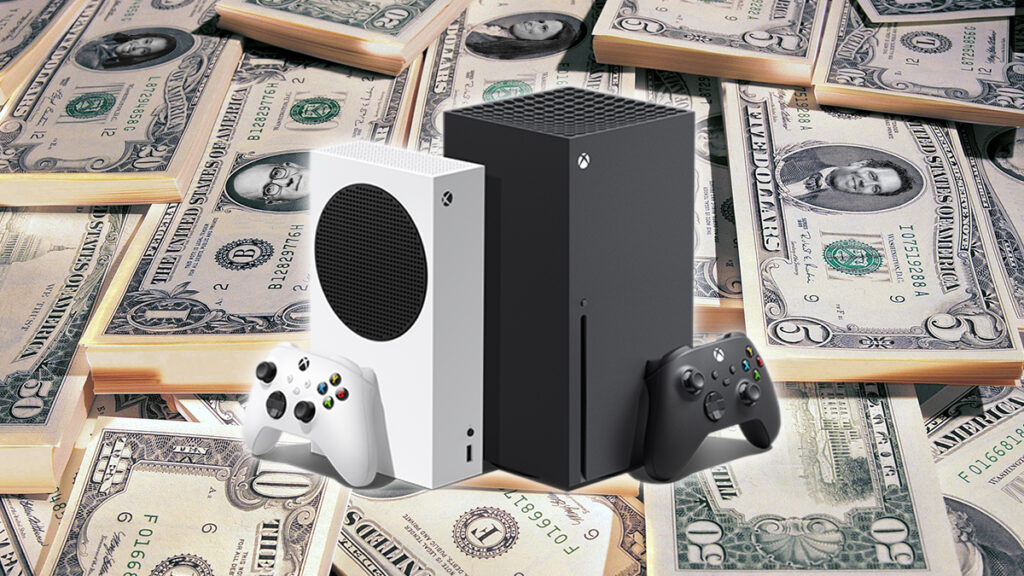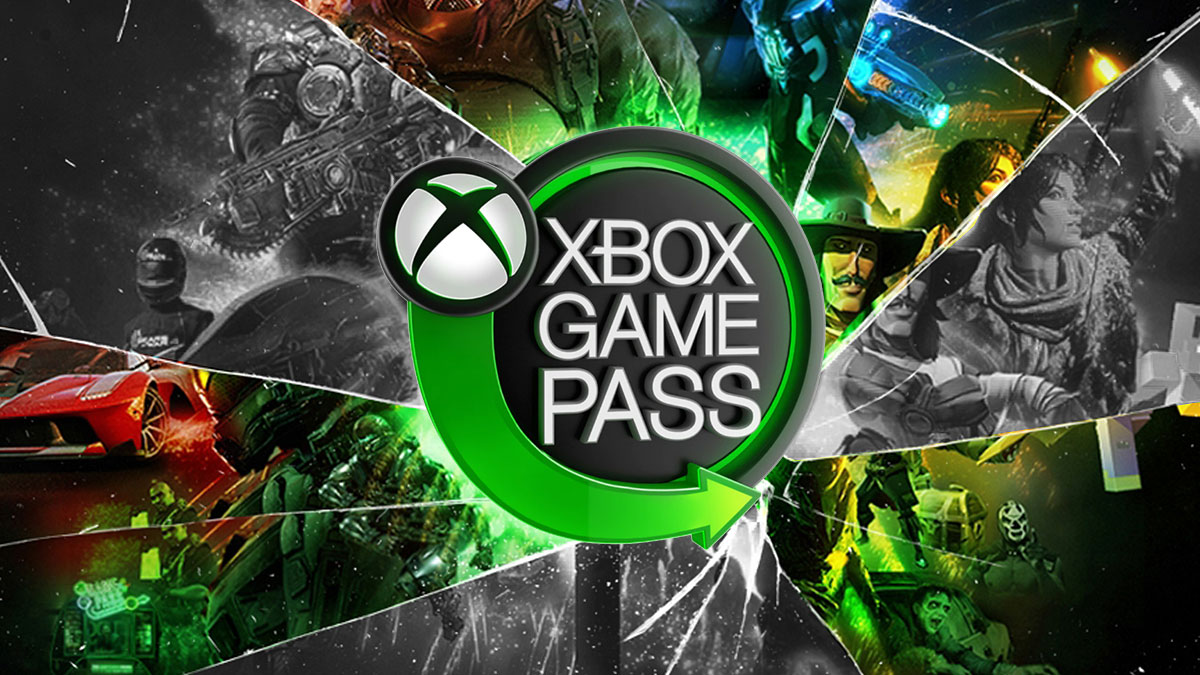Microsoft‘s latest demand for its Xbox division to hit a 30% profit margin might sound ambitious. However, if we look at how the console business actually works — and how Xbox itself is performing internally — it’s straight-up disconnected from reality.
According to a recent Bloomberg report, Microsoft’s gaming division has been restructured around ‘30% accountability margins’ under CFO Amy Hood. Meanwhile, to contrast, the global gaming industry typically runs on margins closer to 22% on very good days. Even rival PlayStation, which dominates hardware sales 3-to-1, ‘only’ pulls around 9-10% in operating profit. Yeah, that means Microsoft basically told Phil Spencer to make more money — or you’re out.
Unsurprisingly, such pressure led to what corporates often call efficiency cuts. This entails thousands of layoffs, studio closures, and canceled projects, including the long-awaited Perfect Dark reboot. Aside from another Halo remake yet again, the Green Team has basically run out of aces up its sleeve.
The main problem here is that by the seventh generation, consoles have not been designed to deliver huge profit up front. They exist to build ecosystems by selling software, accessories, and additional services later. Even in 2021, the company admitted that every Xbox unit is still sold at a loss, subsidized by game sales and subscriptions. Instead of maintaining that long-term balance, Xbox has now been forced to chase short-term wins — and it’s starting to show.
Game Pass, once Xbox’s golden child, the Netflix of games, is seen as a double-edged sword. While it does give players good value for the cost, it also eats into traditional game sales. Bloomberg’s sources said developers are now paid based on ‘member-weighted value,’ which favors live-service games with a large number of hours played on Game Pass. It might work fine for something like Sea of Thieves, but definitely not for more single-player experiences like Hellblade.

Of course, to reach that 30% profit margin means Xbox needs to keep raising prices. The recent Game Pass 50% price hike has alienated many loyal Ultimate subscribers. The recently launched ASUS-co-developed ROG Xbox Ally handheld also costs between $599 and $999. Reviewers love its power and form factor, but most agree that price puts it out of reach for average players.
Despite all that, Xbox is still promising a next-generation console. In a recent interview with Variety, Xbox president Sarah Bond described it as a ‘very premium, very high-end curated experience. Considering its current situation, the Xbox install base simply could not — and would not — justify another luxury approach.
Research firm Aldora Intelligence estimated in 2024 that the Series X and S combined have reportedly sold around 28 million units. That’s less than half of the PlayStation 5’s 80.3 million units total. Microsoft has even stopped reporting console sales altogether since mid-2023, instead championing Game Pass subscribers.
Trying to go upscale from that position isn’t strategic; it’s self-sabotage. You can’t hike prices, shrink your audience, and expect growth. It’s like trying to climb higher while cutting your own rope. We haven’t even gotten to how Xbox has lost any exclusive leverage by focusing on multiplatform releases.
If Microsoft continues to operate under this 30% obsession, let alone making a next-gen console, the outcome is predictable. Xbox won’t just fail to hit that margin — its next console will fail to matter.








